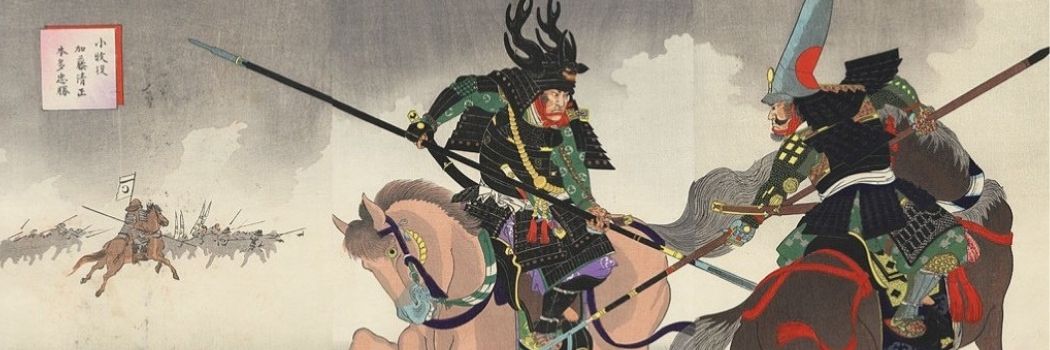Exhibition explores art of traditional storytelling in Japan

We’re exploring the art behind a traditional form of Japanese storytelling in a new exhibition at our Oriental Museum.
Monogatari: the art of storytelling in Japanese woodblock prints, has been created in partnership with the National Museum of Japanese History.
The exhibition highlights Japanese stories, real and fictional, and how they were told through the art of woodblock printing.
Japanese woodblock printing
Monogatari are a traditional form of Japanese literature. Some are stories of romance and fantastical events, others are tales of intrigue or war, often drawing on historical events.
The art of woodblock printing has been in use in Japan since the 8th century CE, but during the peace and prosperity of the Edo Period the art form flourished.
At this time artists transformed the use of woodblock print art from its focus on religious texts and images to popular art featuring beautiful women, famous actors, travel scenes, landscapes and celebrated tales.
Epic stories
Epic stories of romance, intrigue, family, honour and war were recreated in prints, giving them new life.
As Japan opened up to the West in the latter half of the 19th century, the same artistic techniques were applied to new topics, including major real-life events such as the Sino Japanese War and Russo Japanese War.
Research relationship
The exhibition is part of a decade-long joint research relationship between Durham and the National Museum of Japanese History.
Visitors will be able to enjoy the prints and also learn a huge amount about Japanese art, history and literature.
Find out more
- Monogatari: the art of storytelling in Japanese woodblock prints runs from Friday 28 January to Sunday 15 May. Discover more about Durham University’s Oriental Museum including events and opening hours.
- We are proud to work alongside the National Museum of Japanese History.
- Take a look at our visitor attractions.
Main image - The Battle of Komaki: Kato Kiyomasa and Honda Tadakatsu by Yōshū Chikanobu, 1899 CE


/prod01/prodbucket01/media/training/BBL6-3492X1127.jpg)